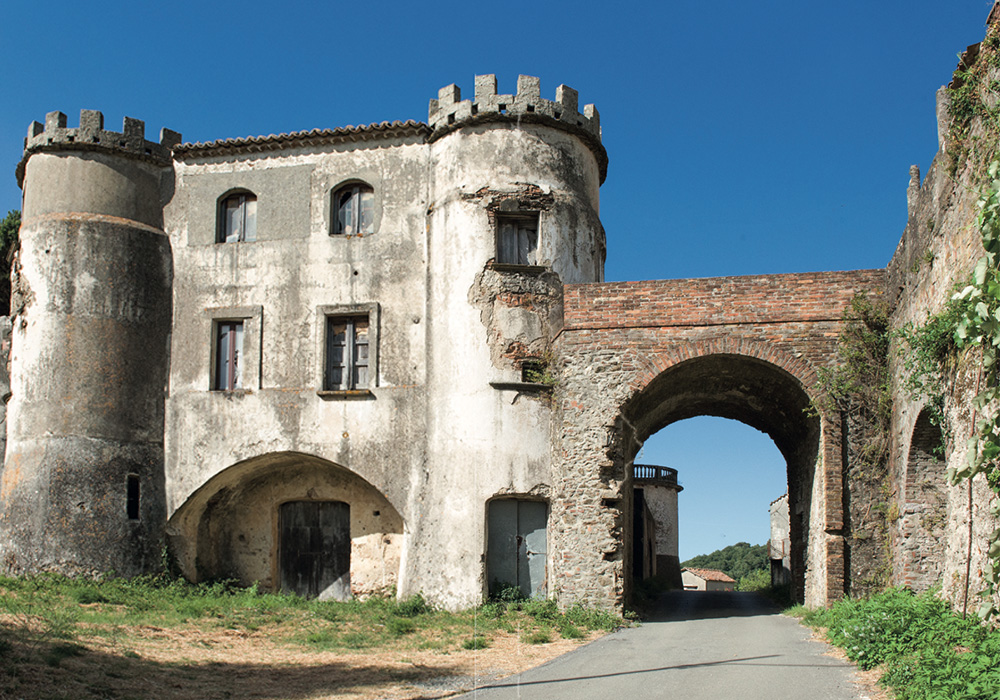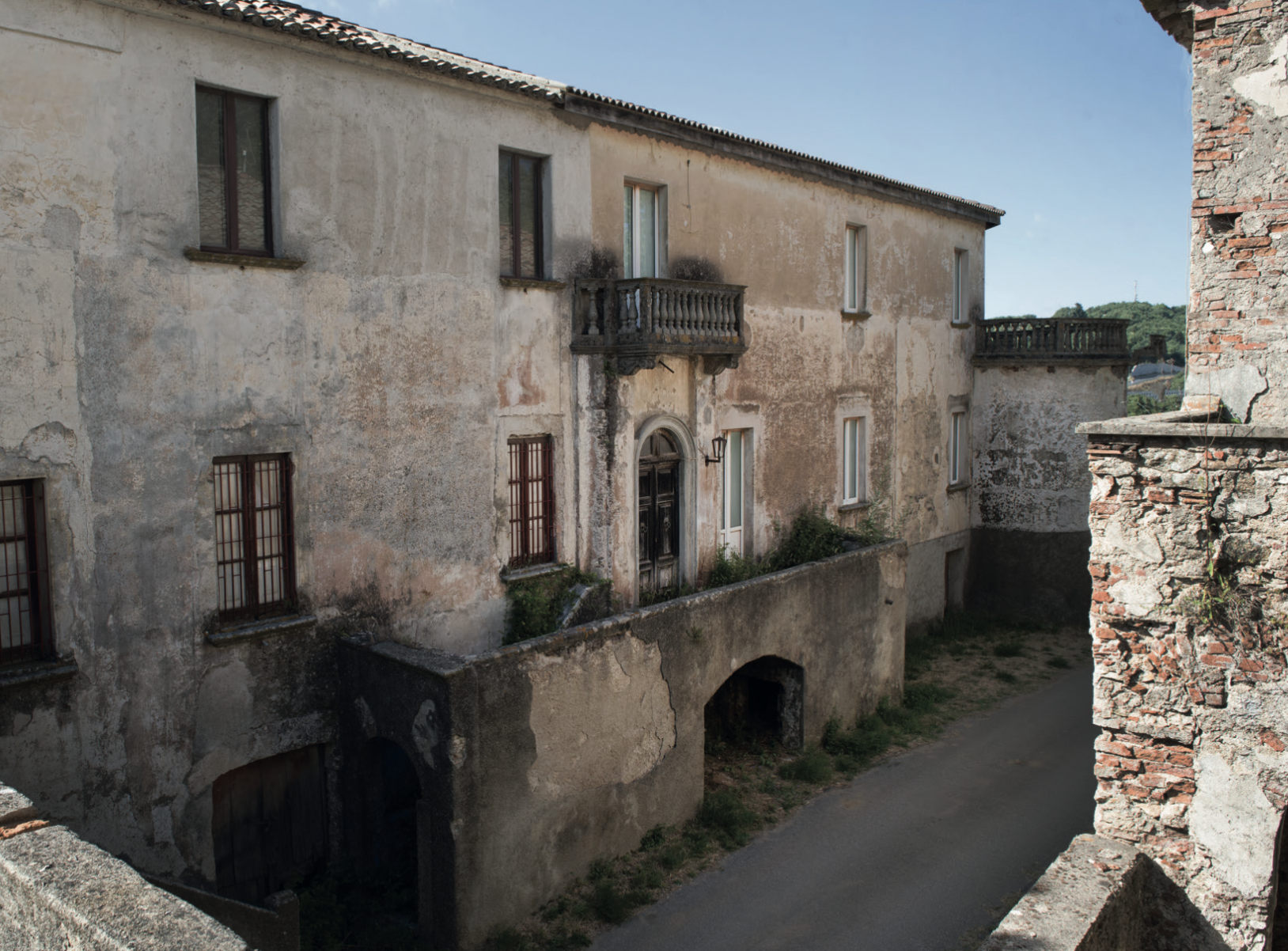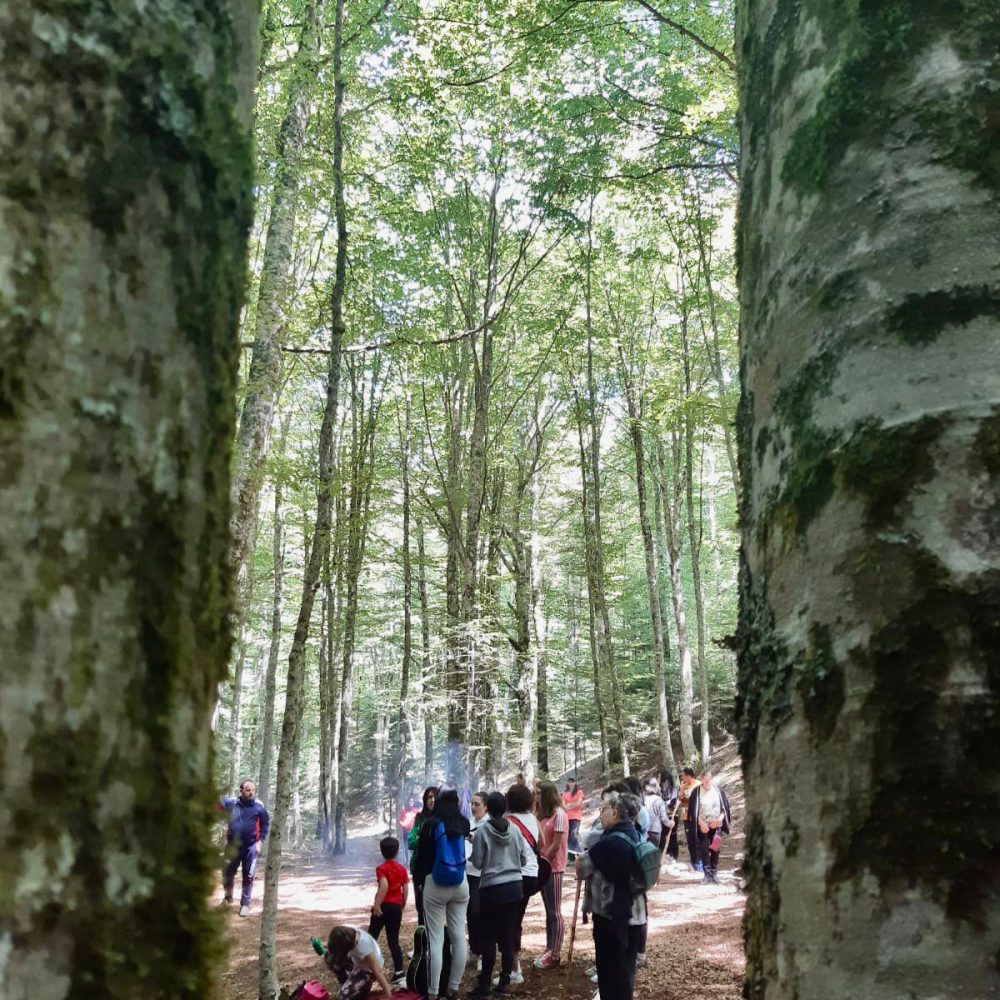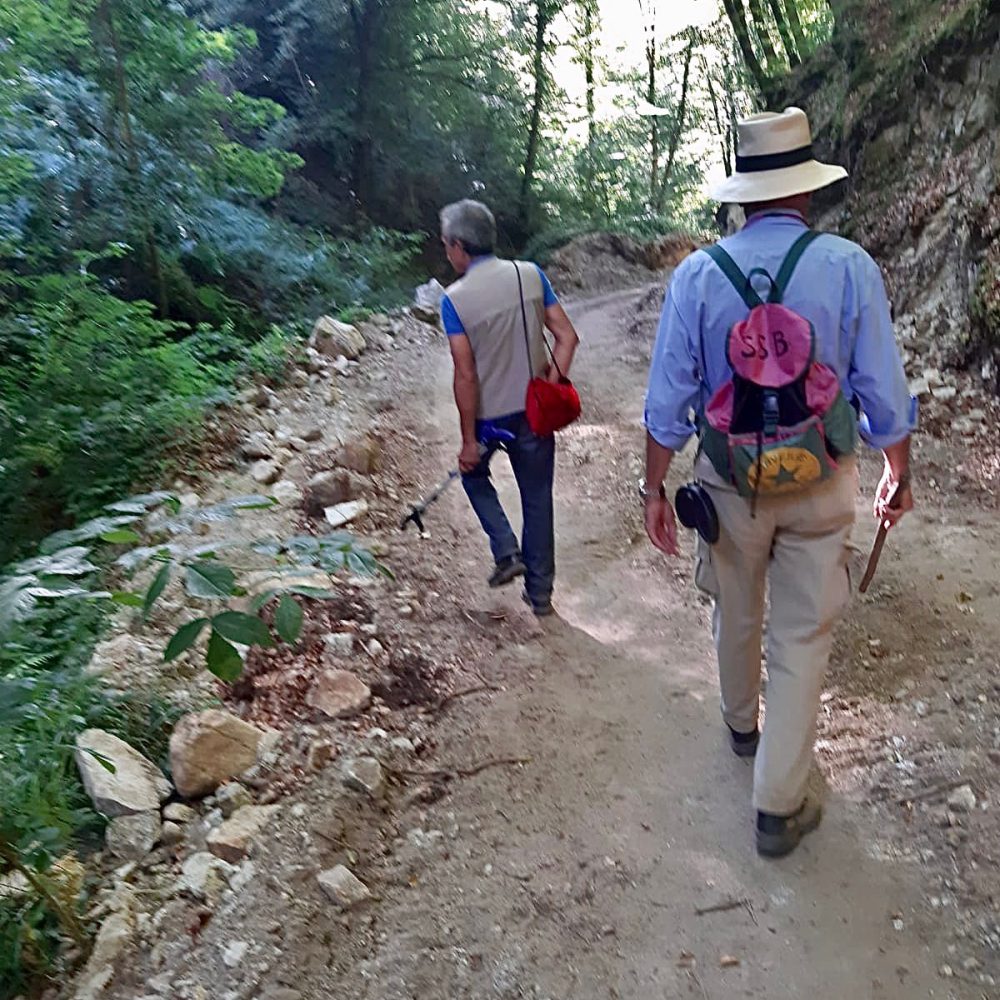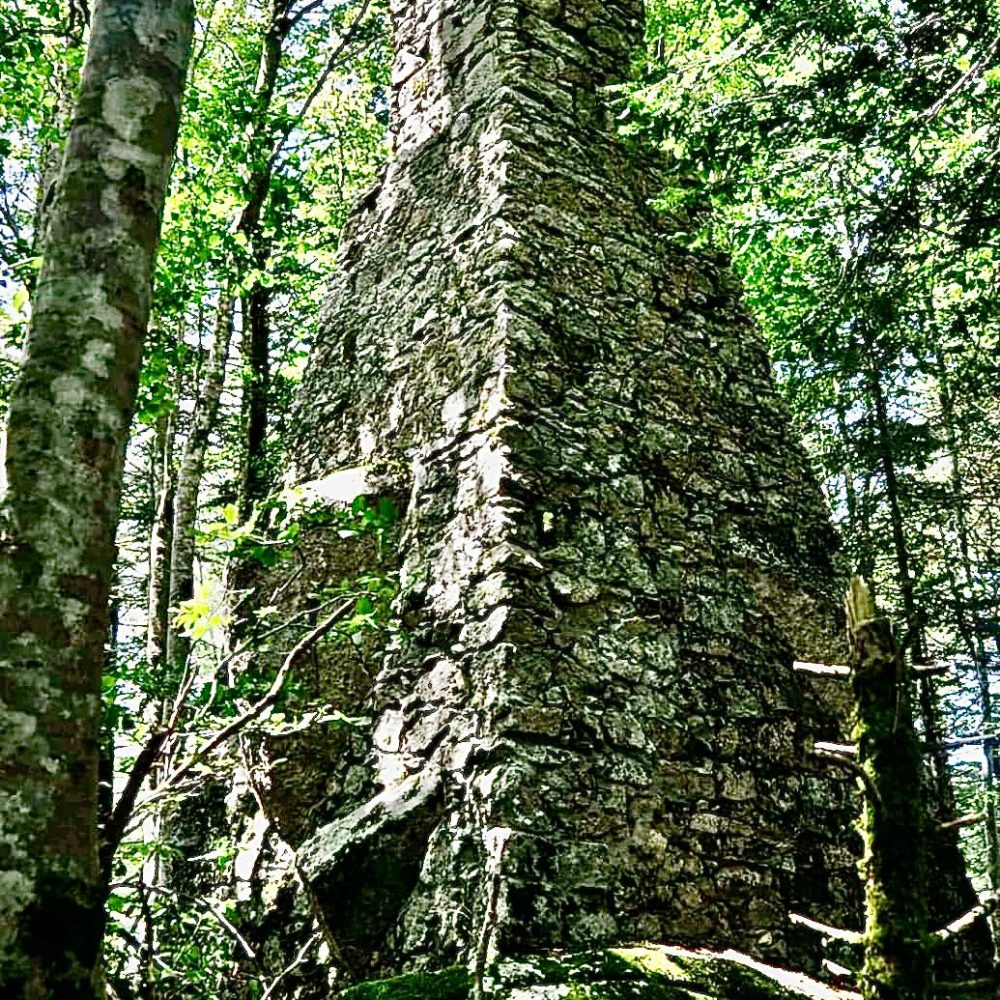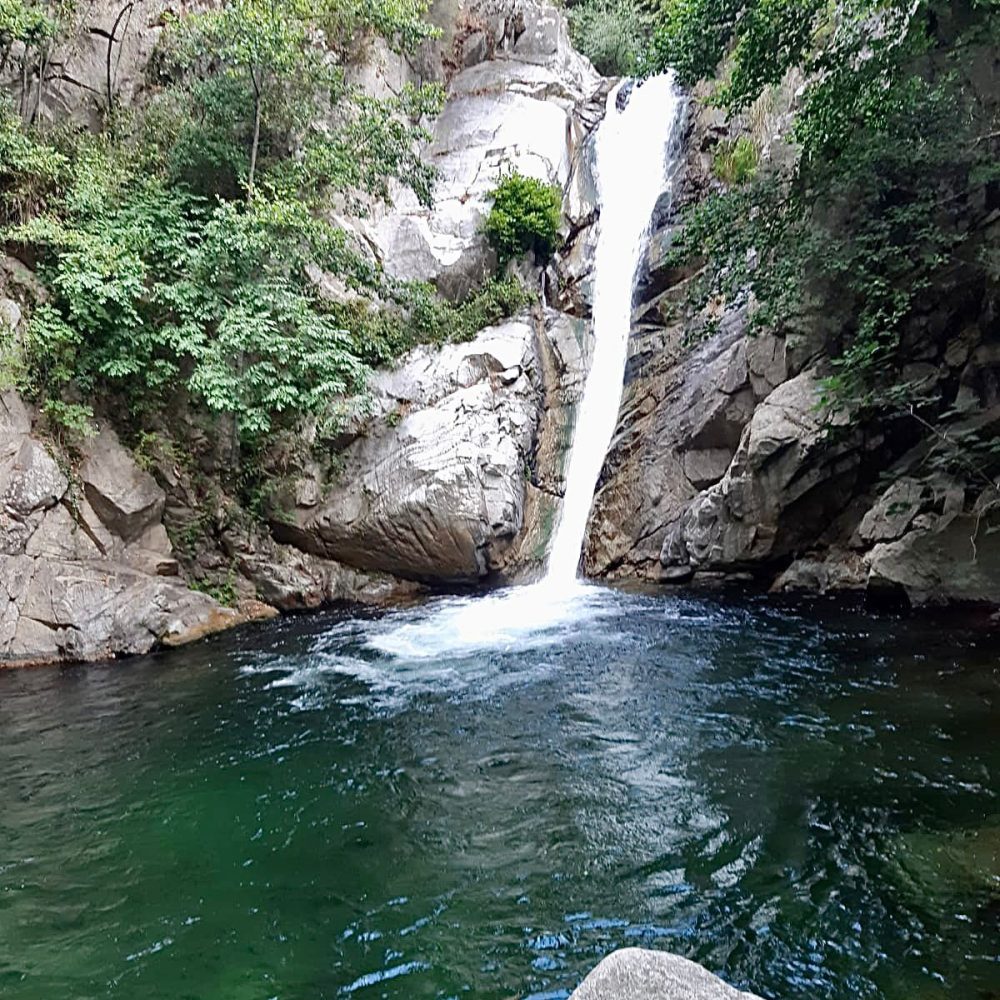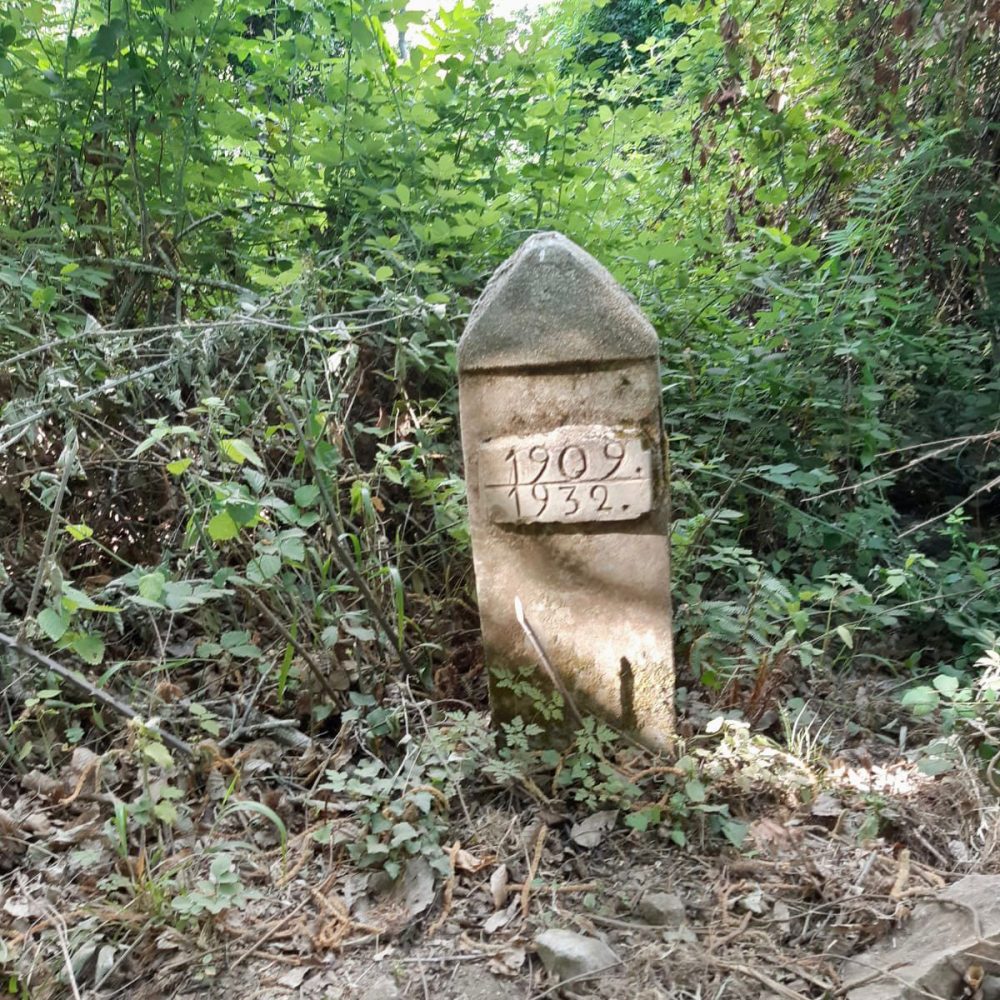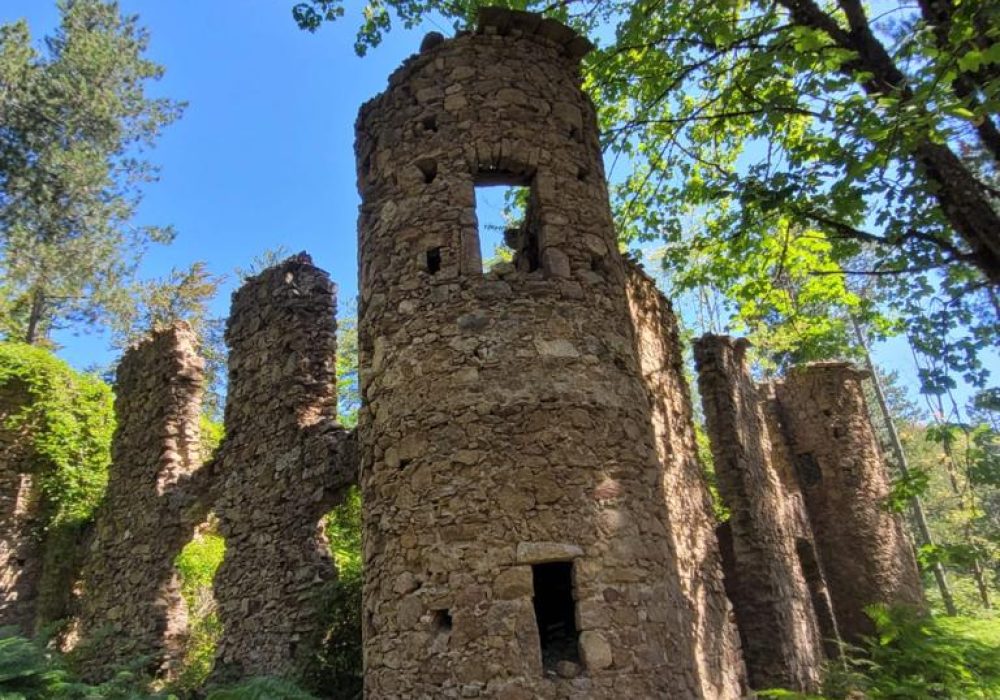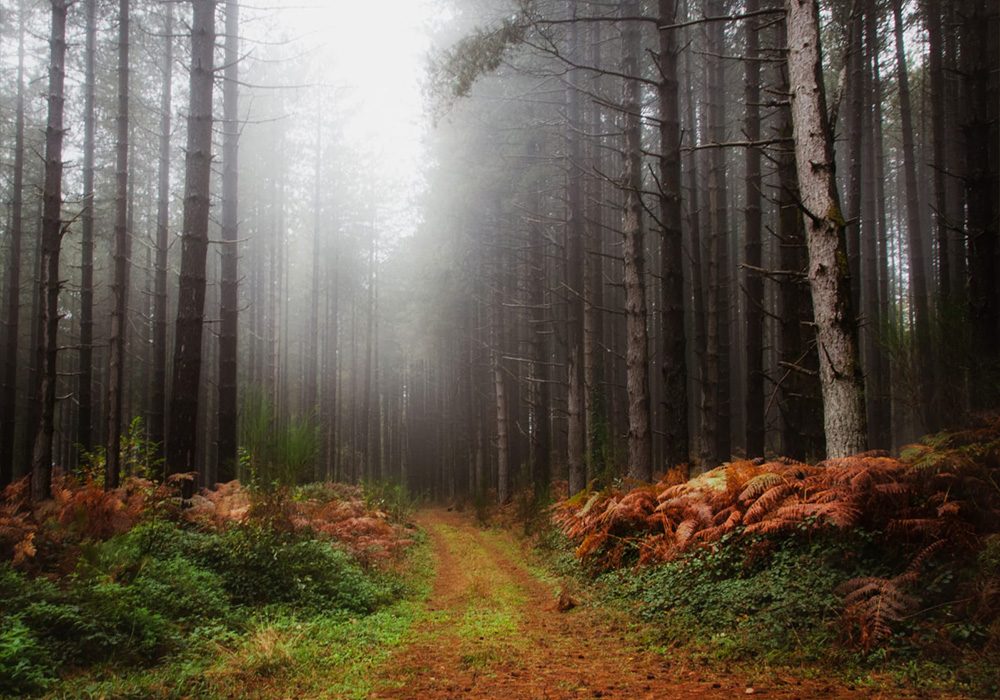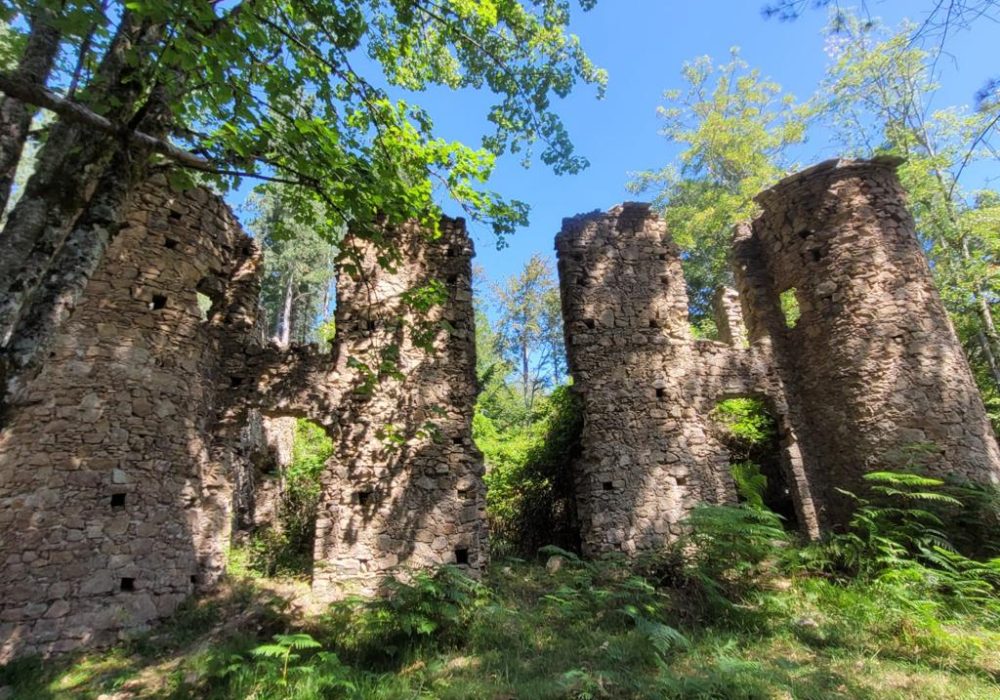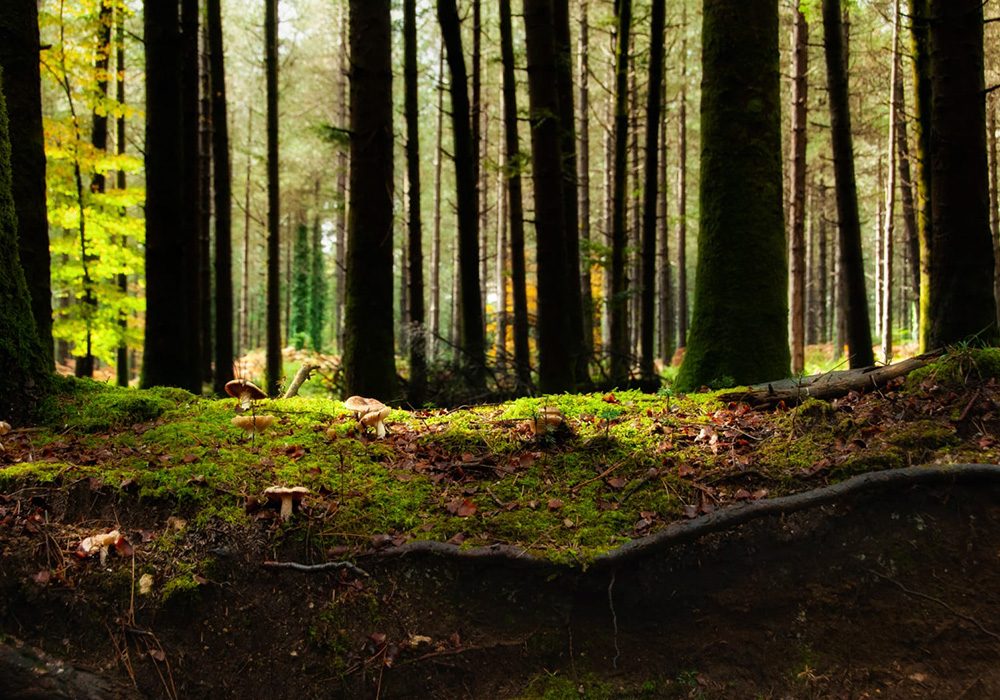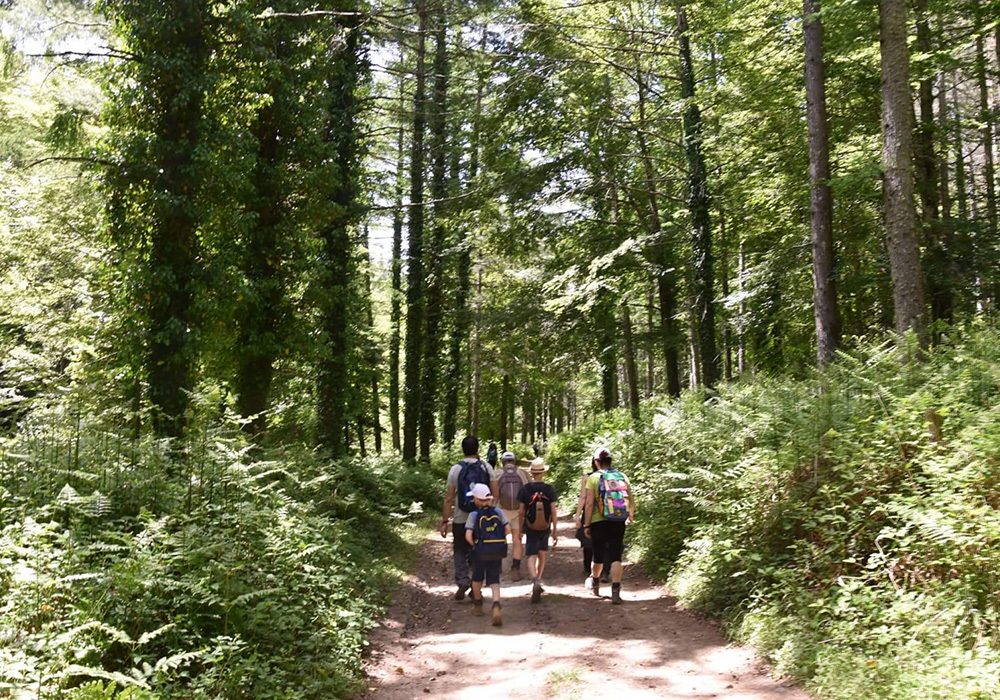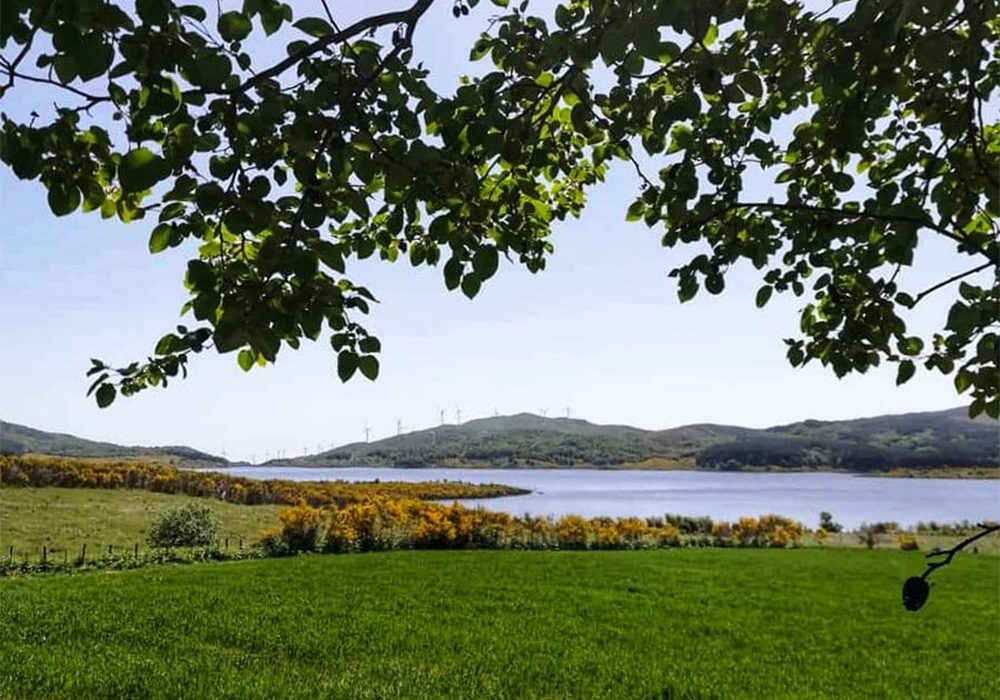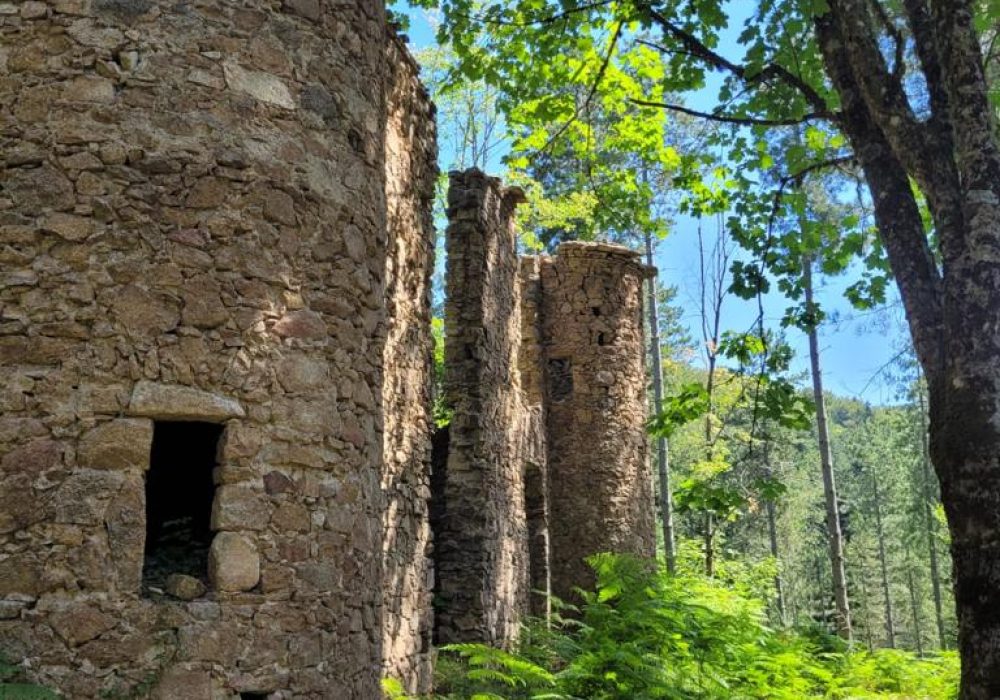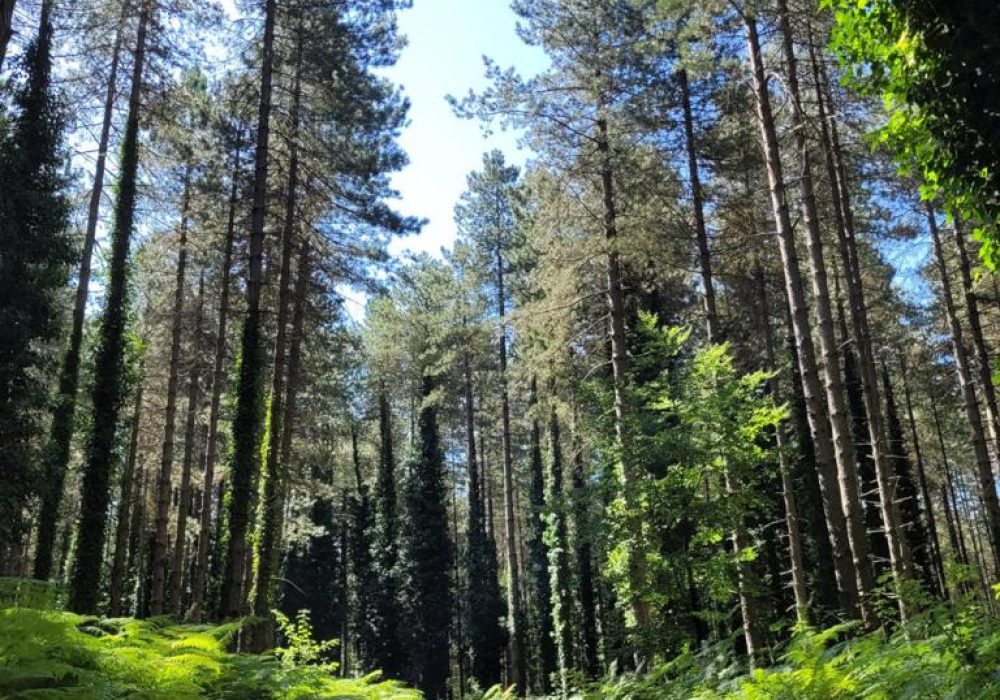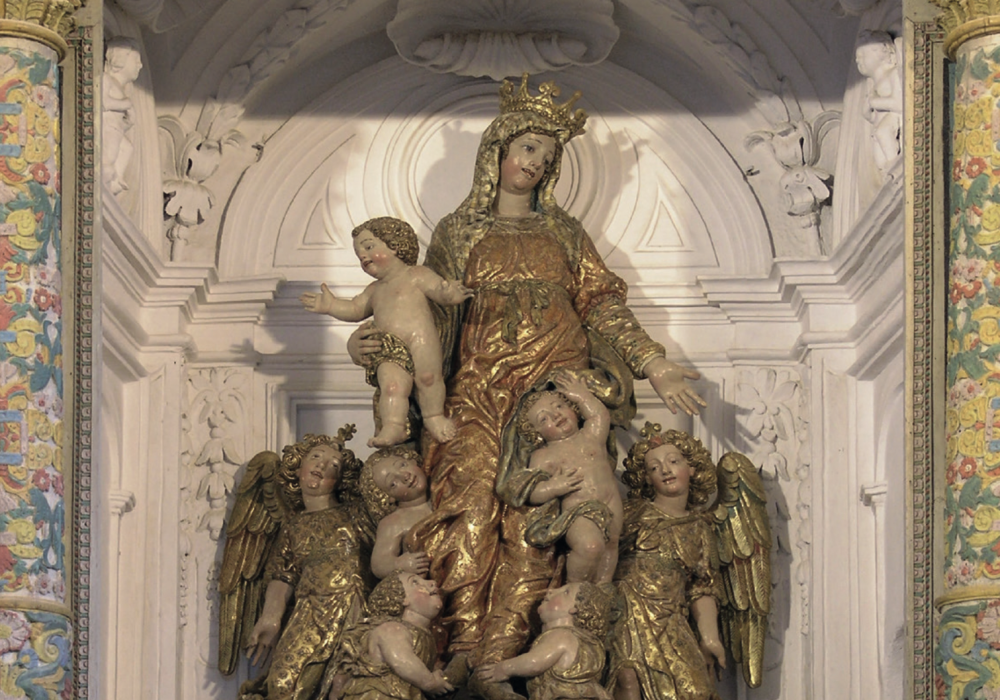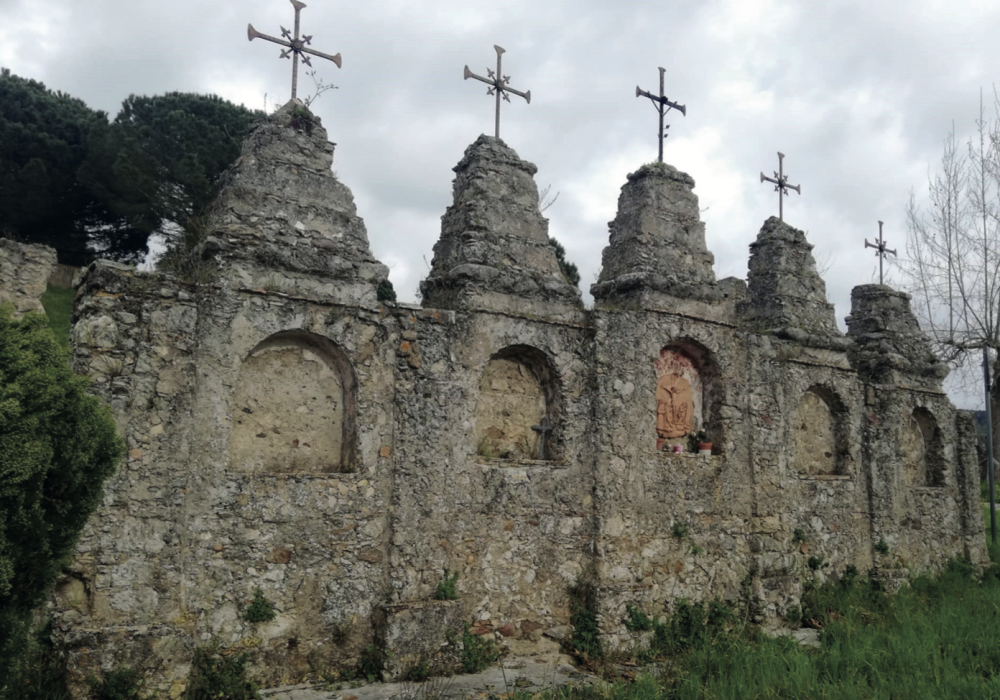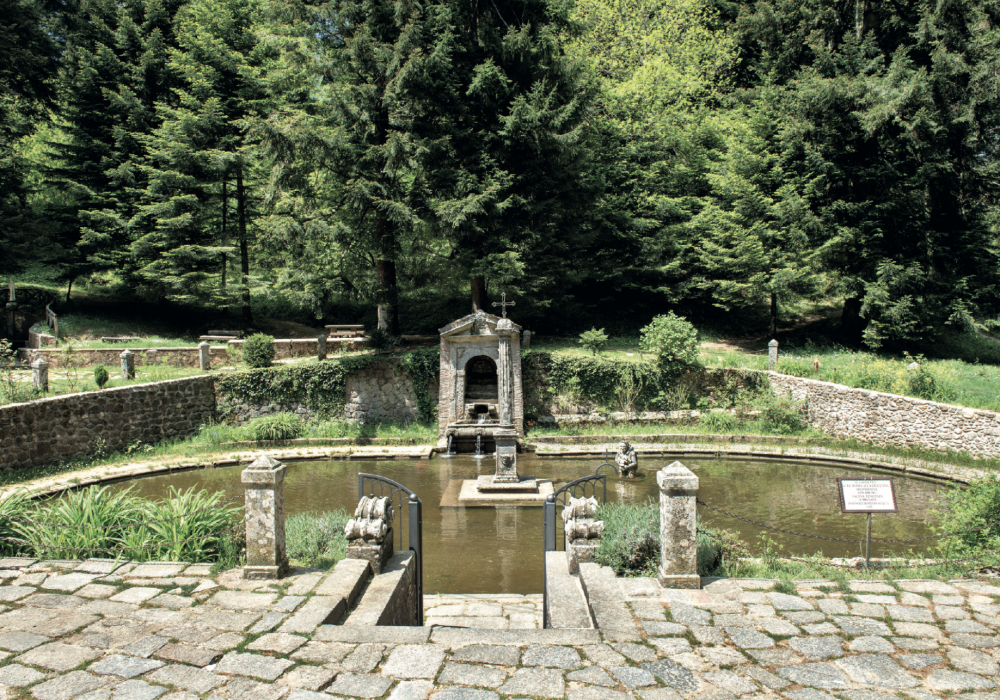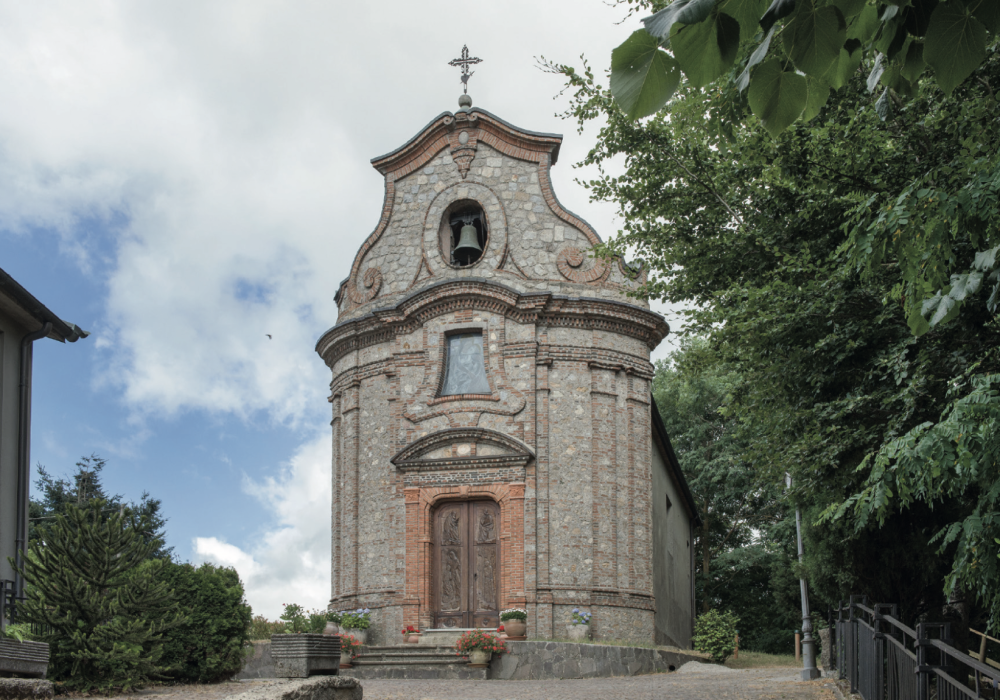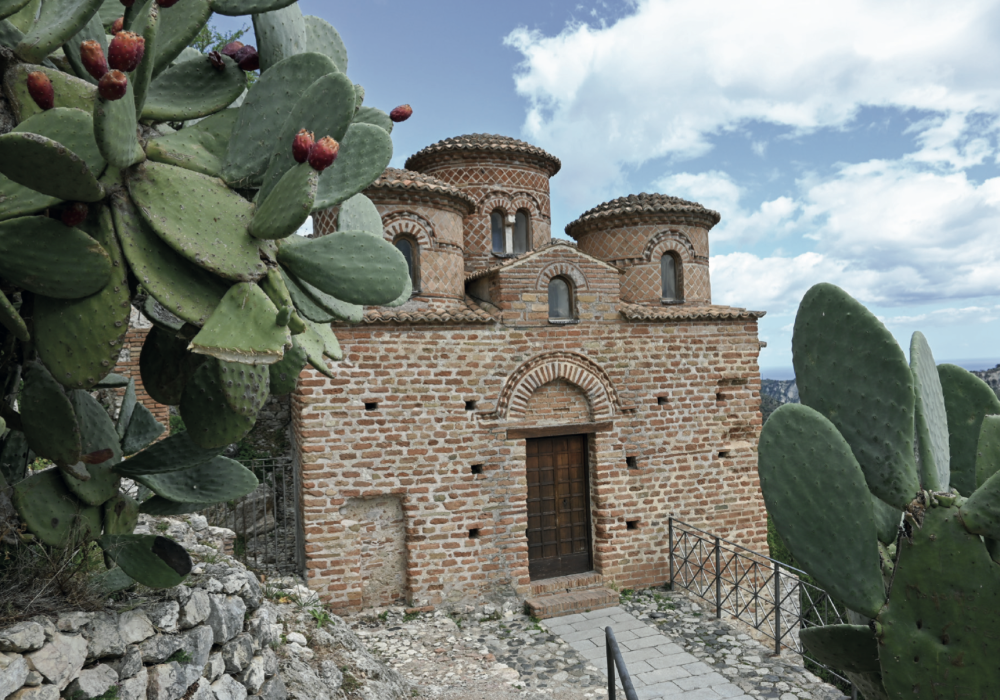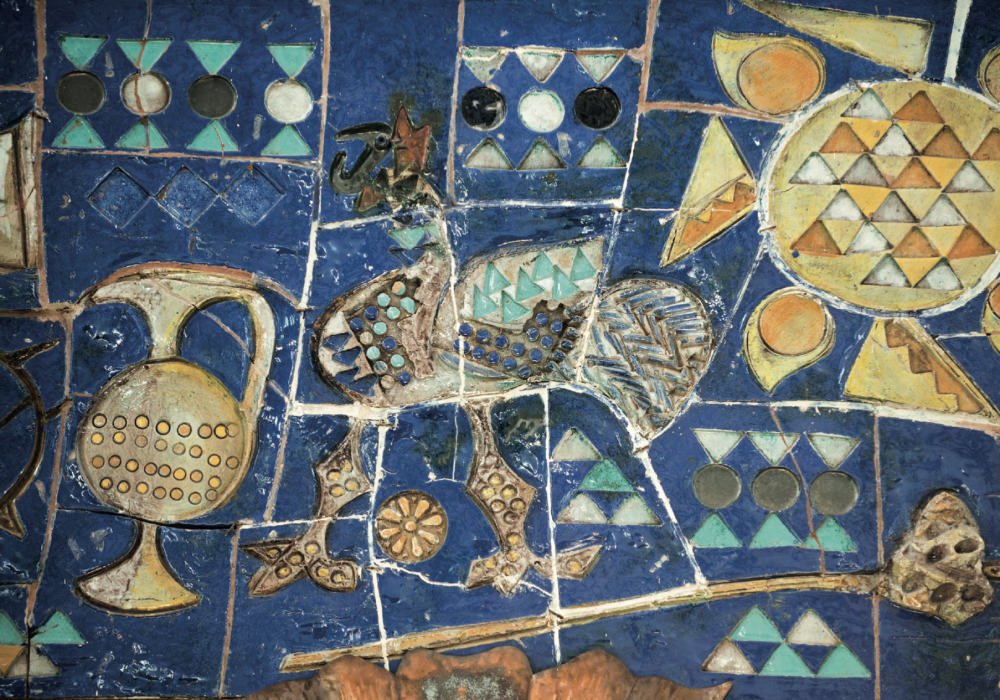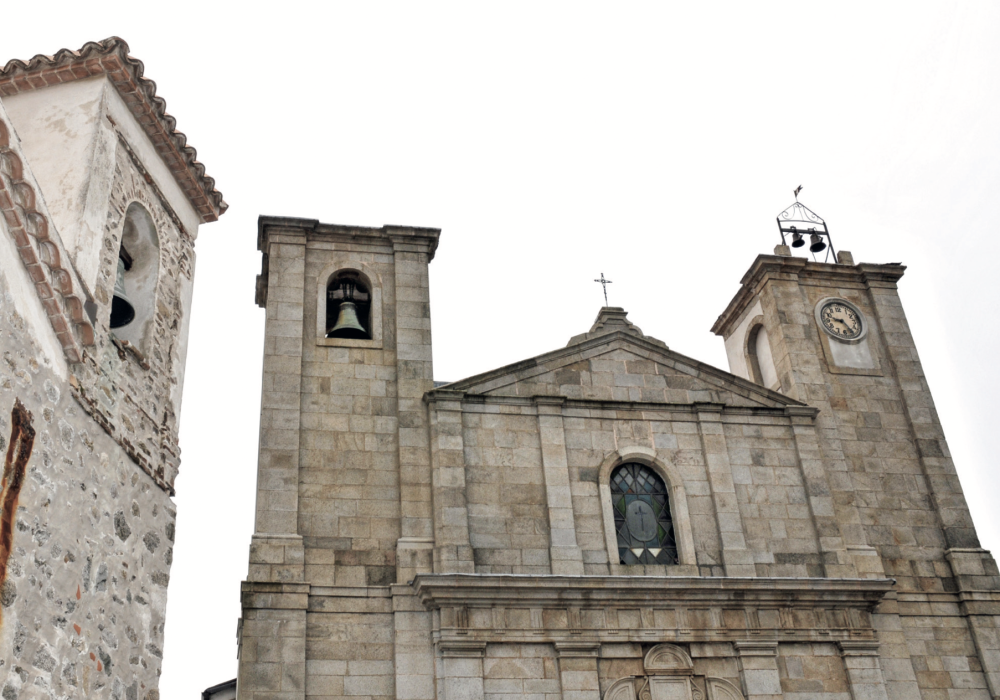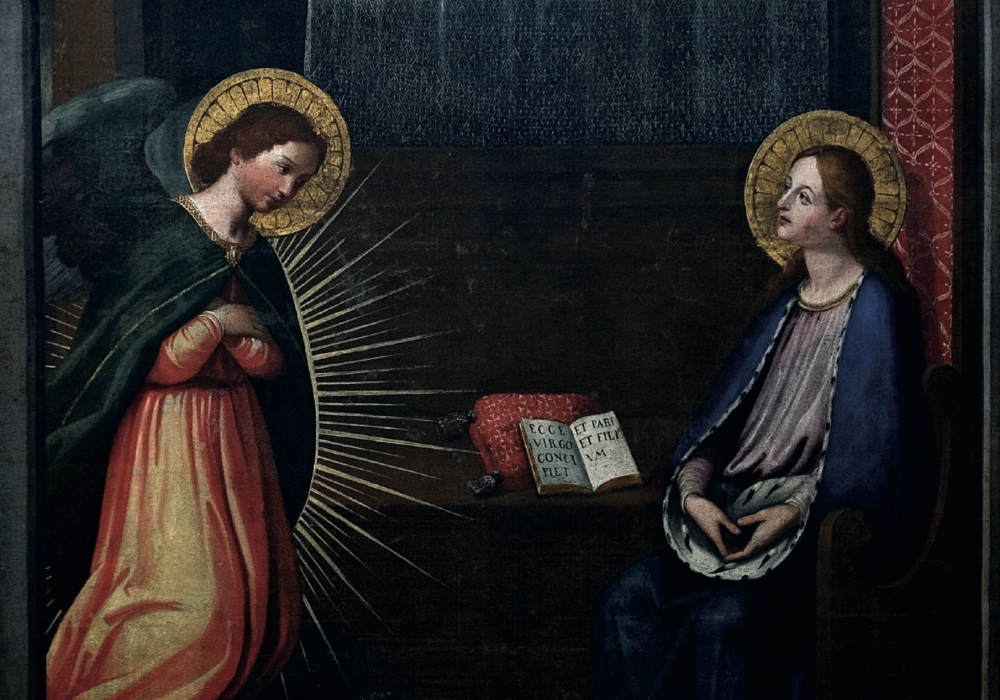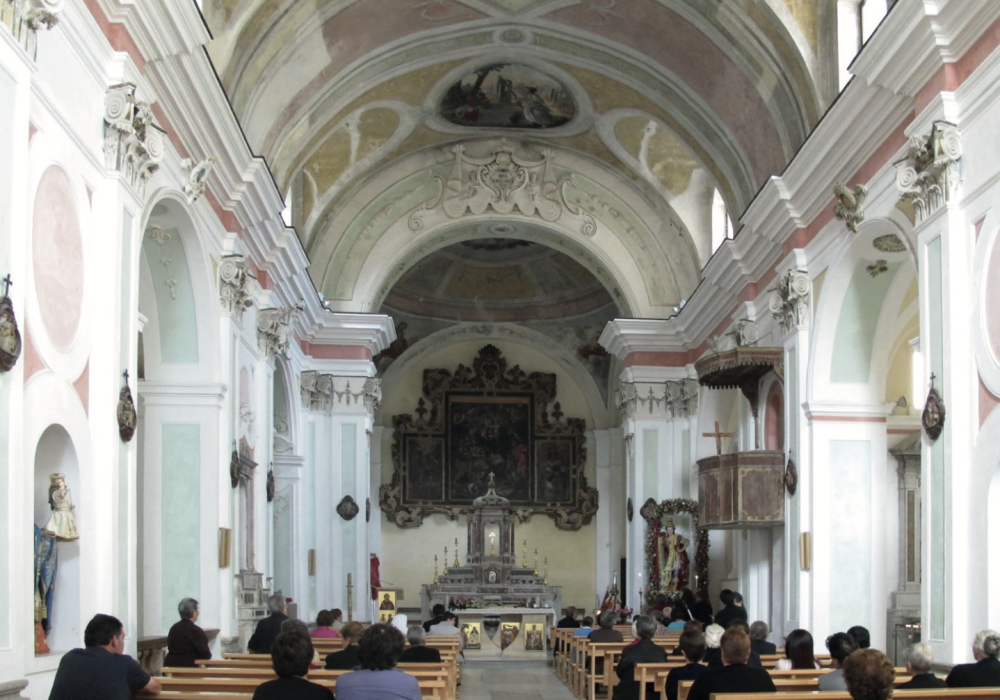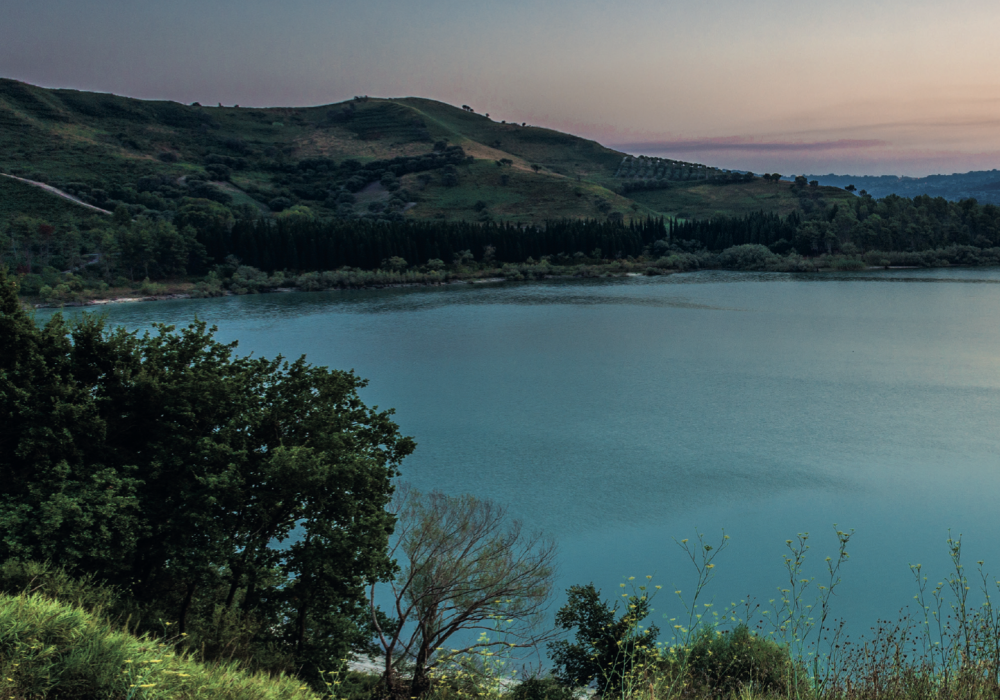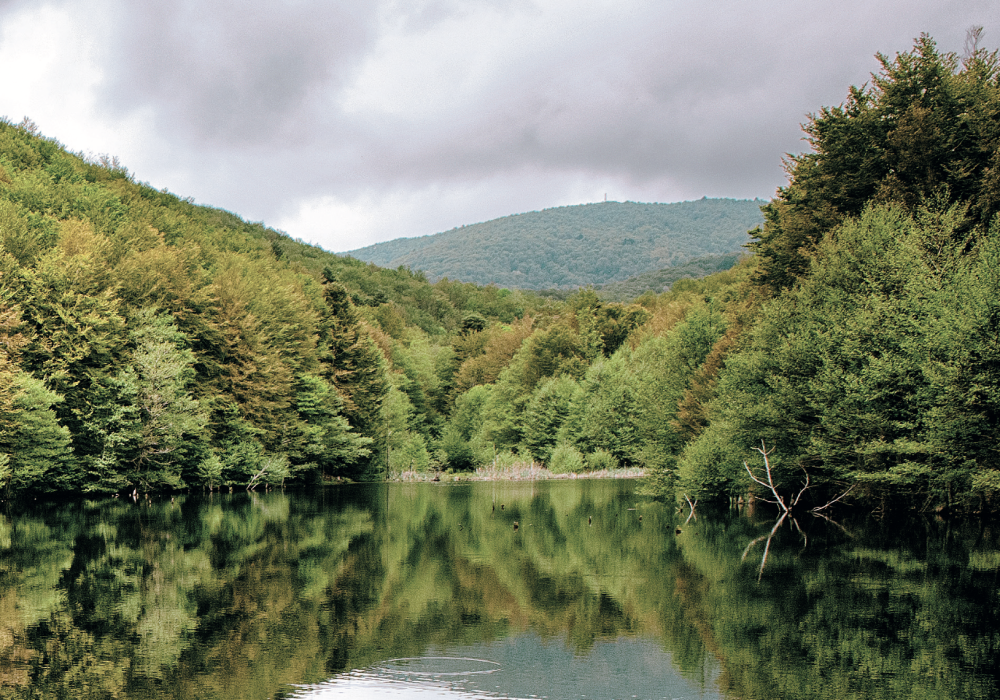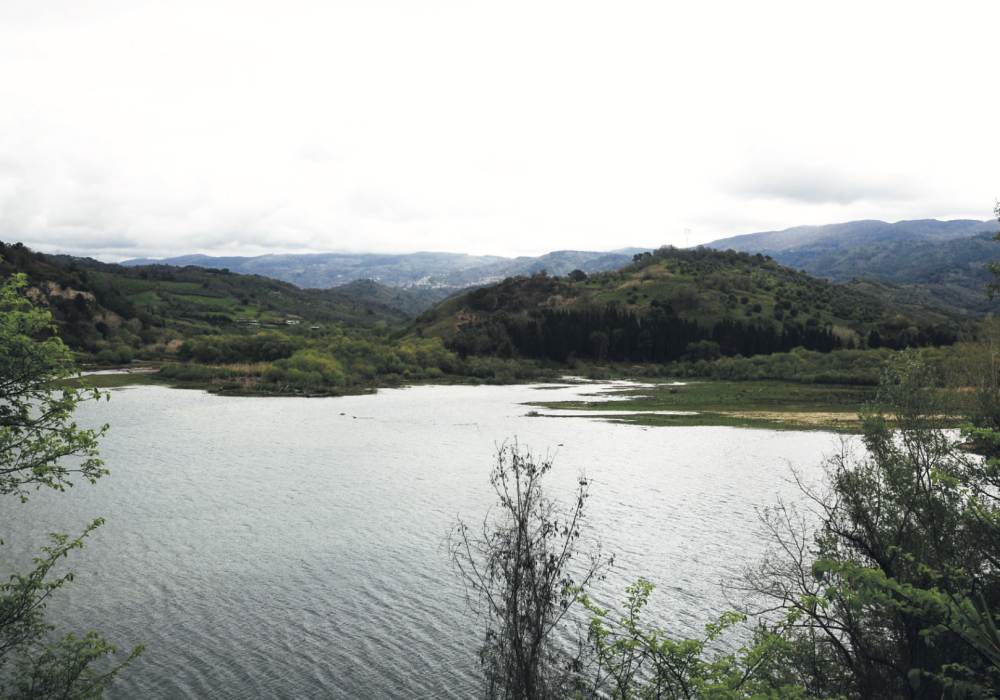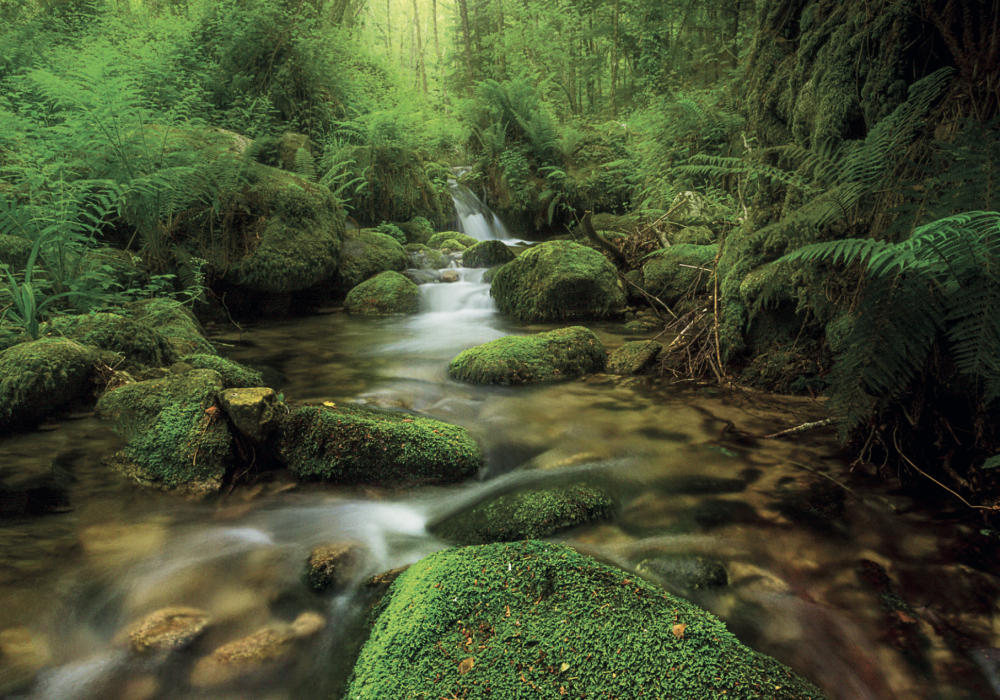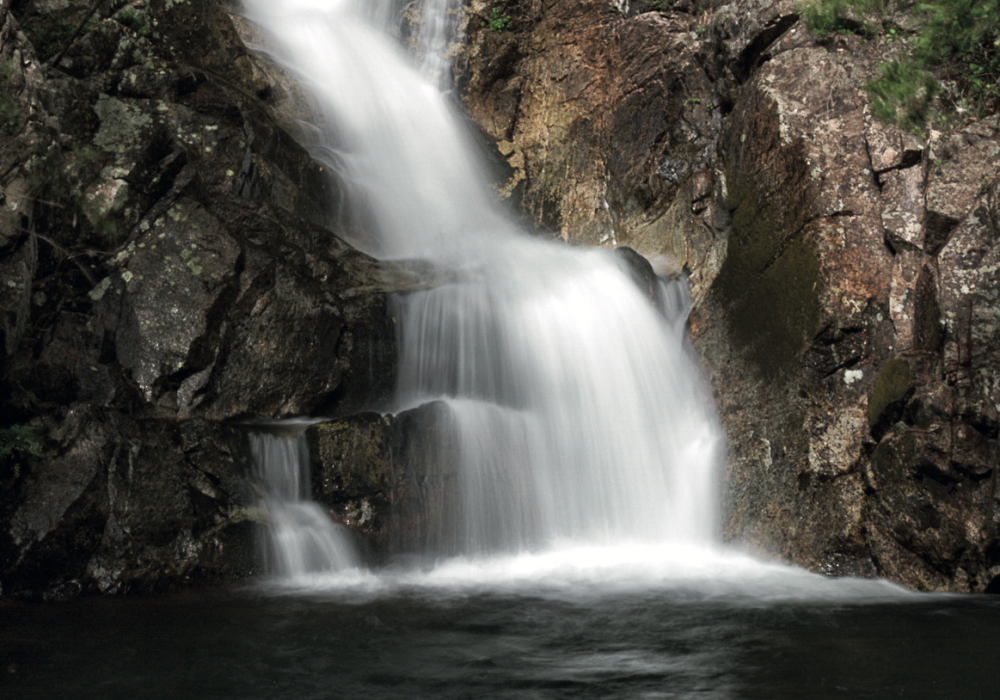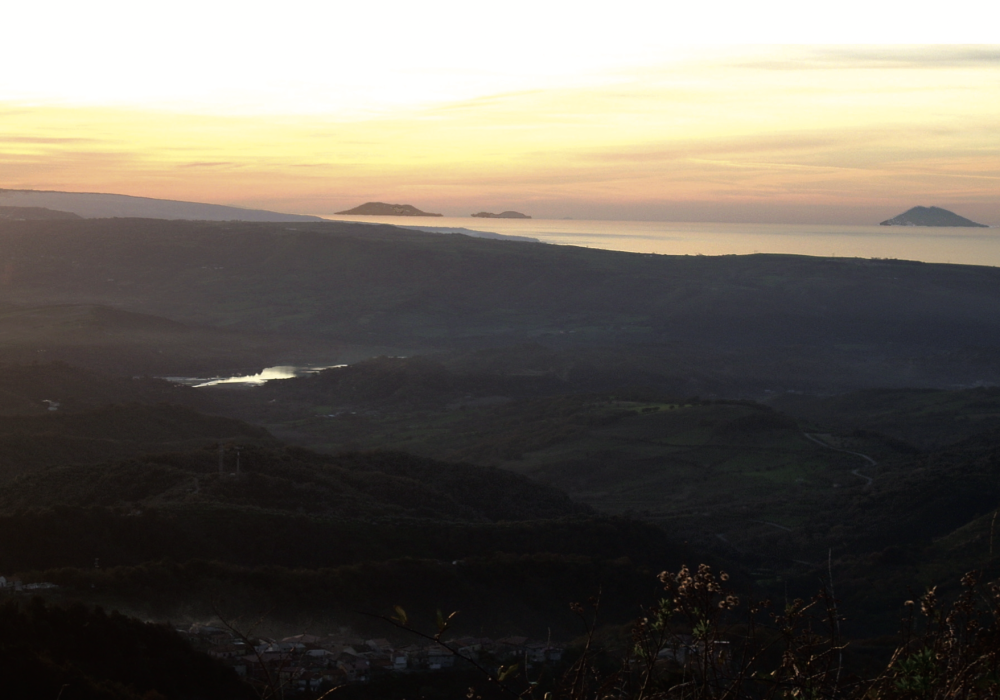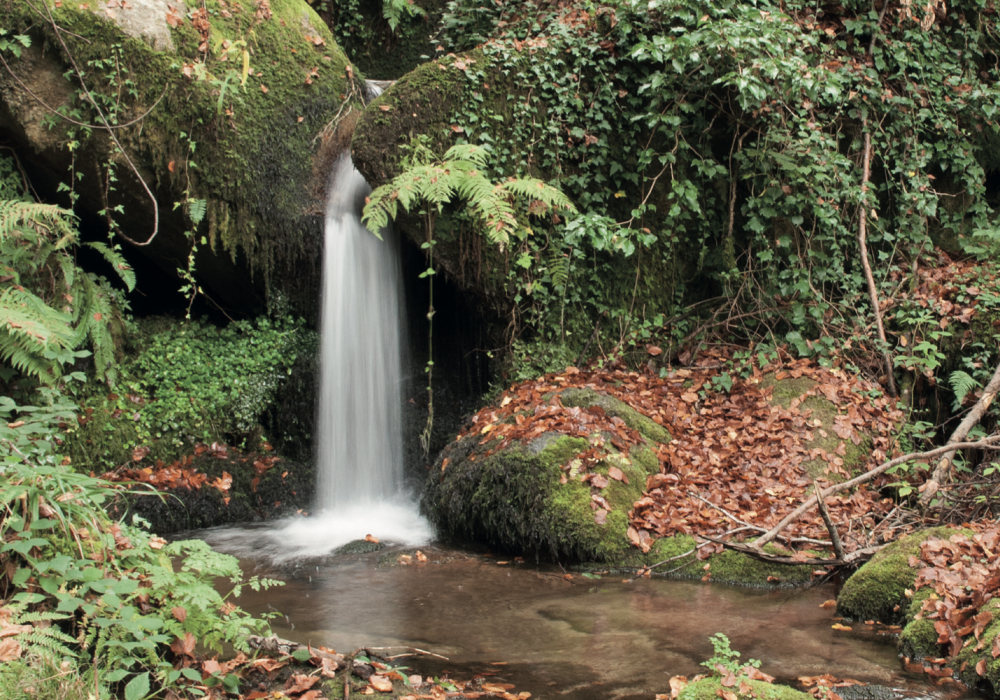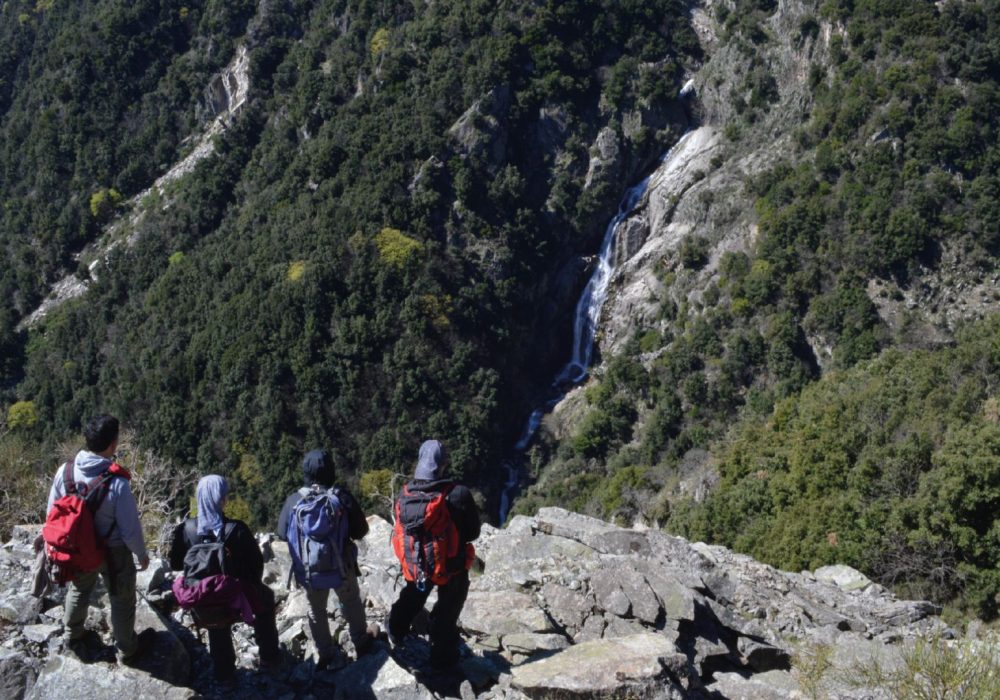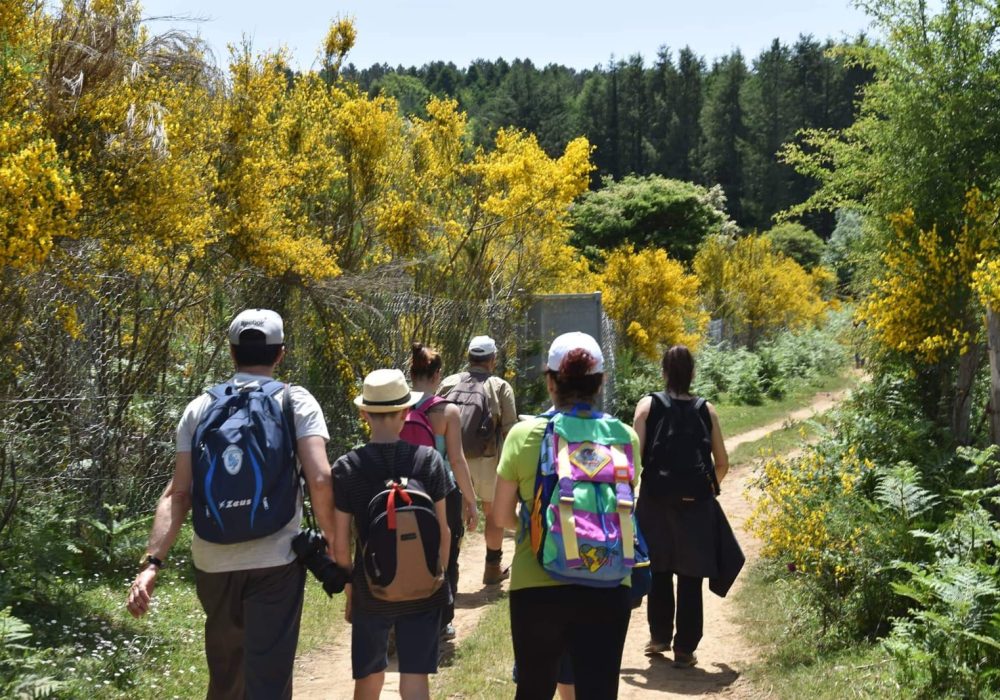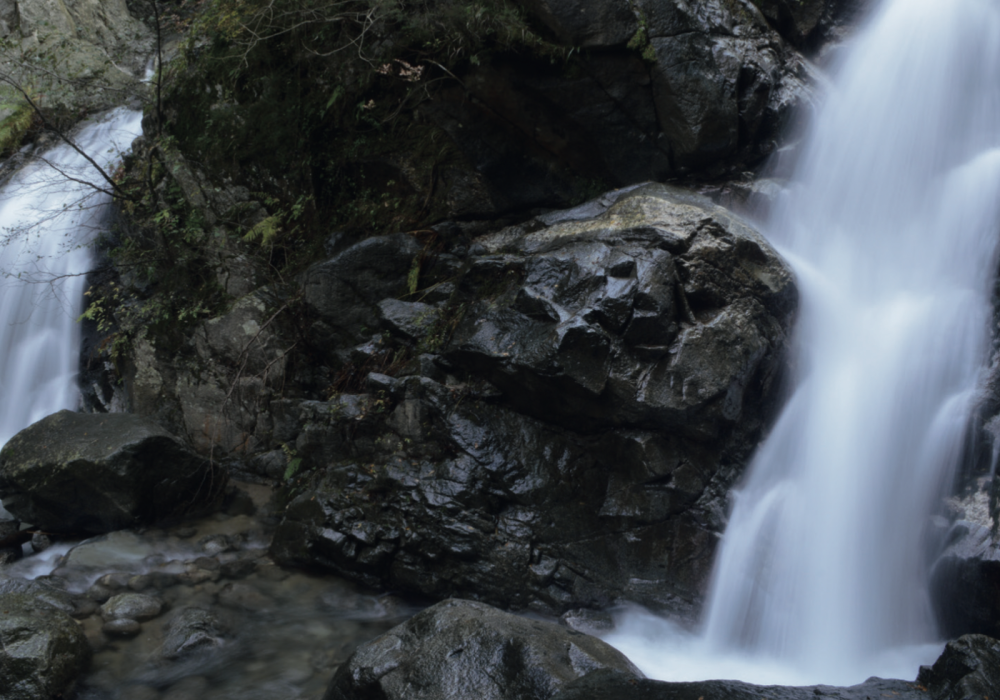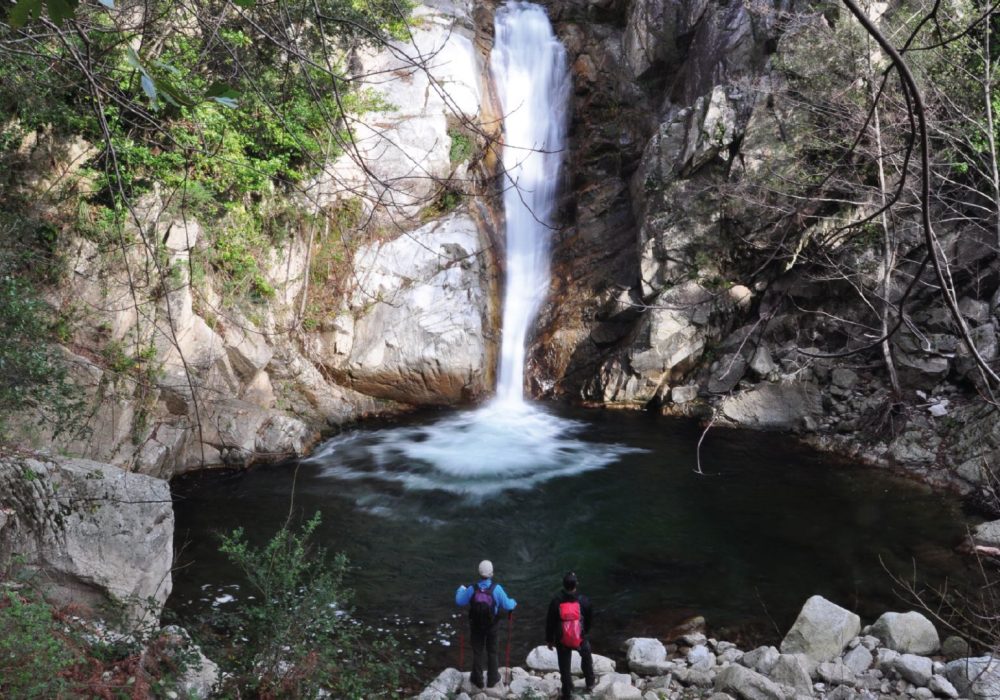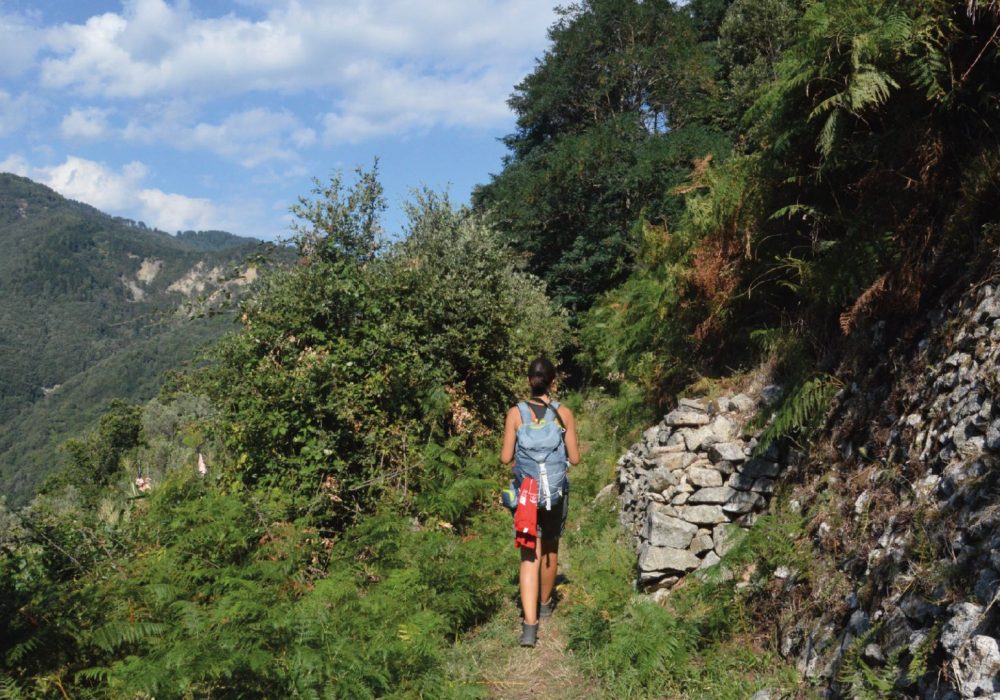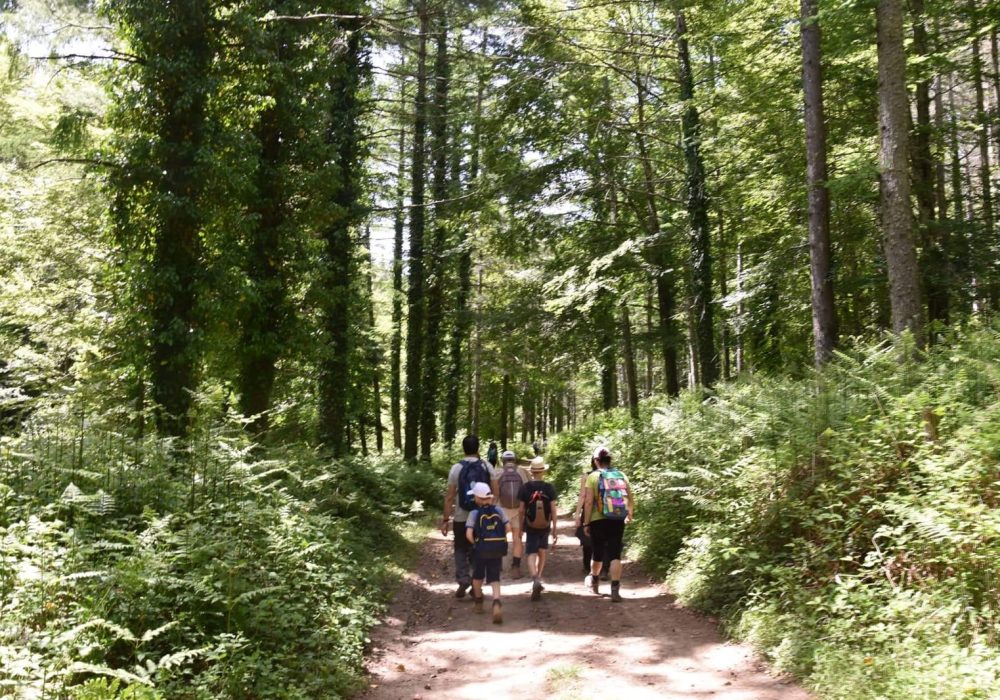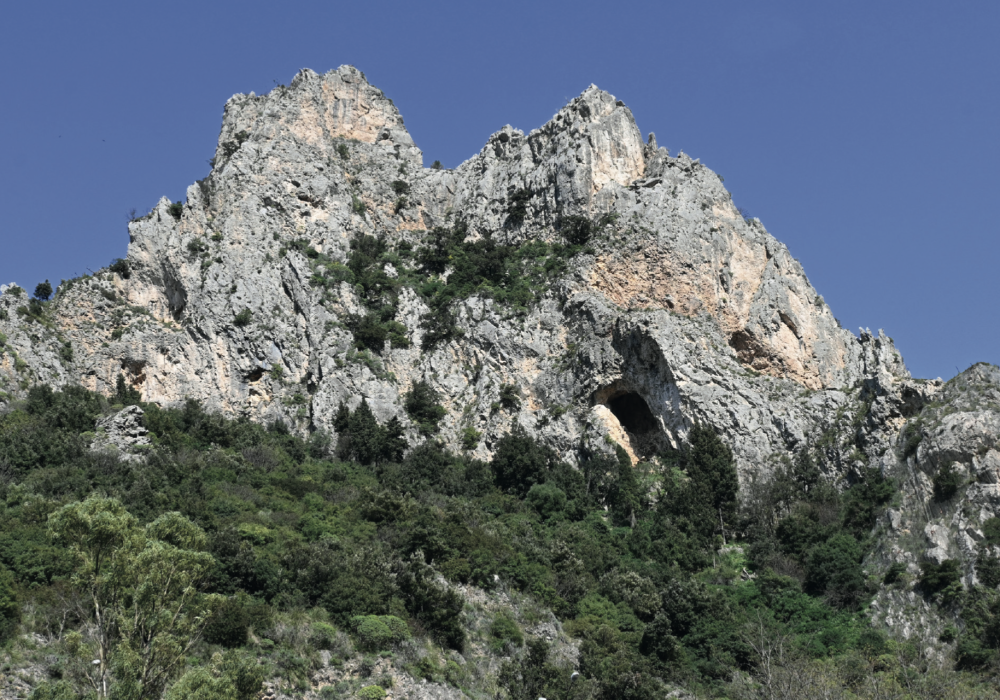Cardinale
It is the authentic Calabrian capital, together with the nearby Torre di Ruggero, of hazelnut production and had in the Razzona ironworks, which flourished especially in the first half of the 19th century, one of the poles of the iron and steel district in the Serre area. The Razzona area also includes the so-called ‘casino’ or ‘castle’ that belonged to Carlo Filangieri, Prince of Satriano and Duke of Cardinale, who used it as a hunting base. In the locality of Chianu da Jannara, in the Lacina forest, it is also possible to see the remains of another castle, that of the Baroness (Maria Enrichetta Scoppa di Badolato, who lived between the 19th and 20th centuries), now reduced to ruins and of which only the corner towers are visible, but which was still in fairly good condition in the 1950s, as documented by photographs of the time. Linked to the castle is one of the most persistent legends in the collective imagination of the Park area, according to which the lovers of its owner were made to disappear in its marshy surroundings, inside so-called ‘uocchi di mari’ (eyes of the sea flowing into the Ionian Sea). The historical centre of Cardinale is notable for a number of palaces in which the decorative and constructive elements in granite are an important testimony to the spread of stone craftsmanship and its use in the embellishment of civil buildings. Among them, palazzo Pelaggi and its entrance portal, palazzo Mammone and, above all, palazzo Nisticò, with its rich ashlar granite portal surmounted by an apotropaic mask and its first-floor balcony supported by finely worked stone corbels. Also worth visiting in the old town is the three-nave Chiesa Matrice, dedicated to St Nicholas of Bari and rebuilt after the 1783 earthquake, which contains valuable wooden statues. Of historical interest is the three-arch bridge, now disused, that connected the town with the hamlet of Galiano.
